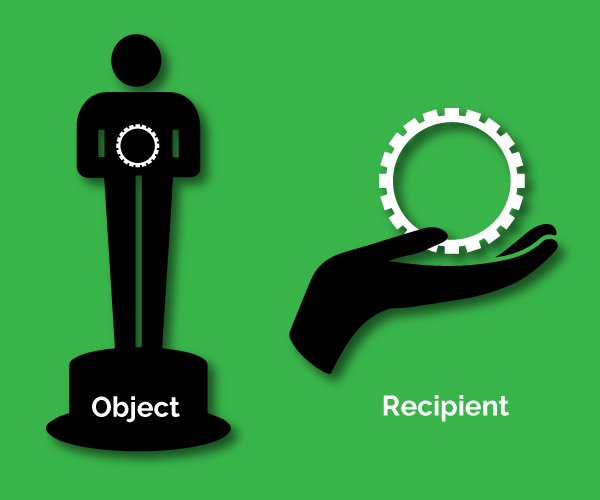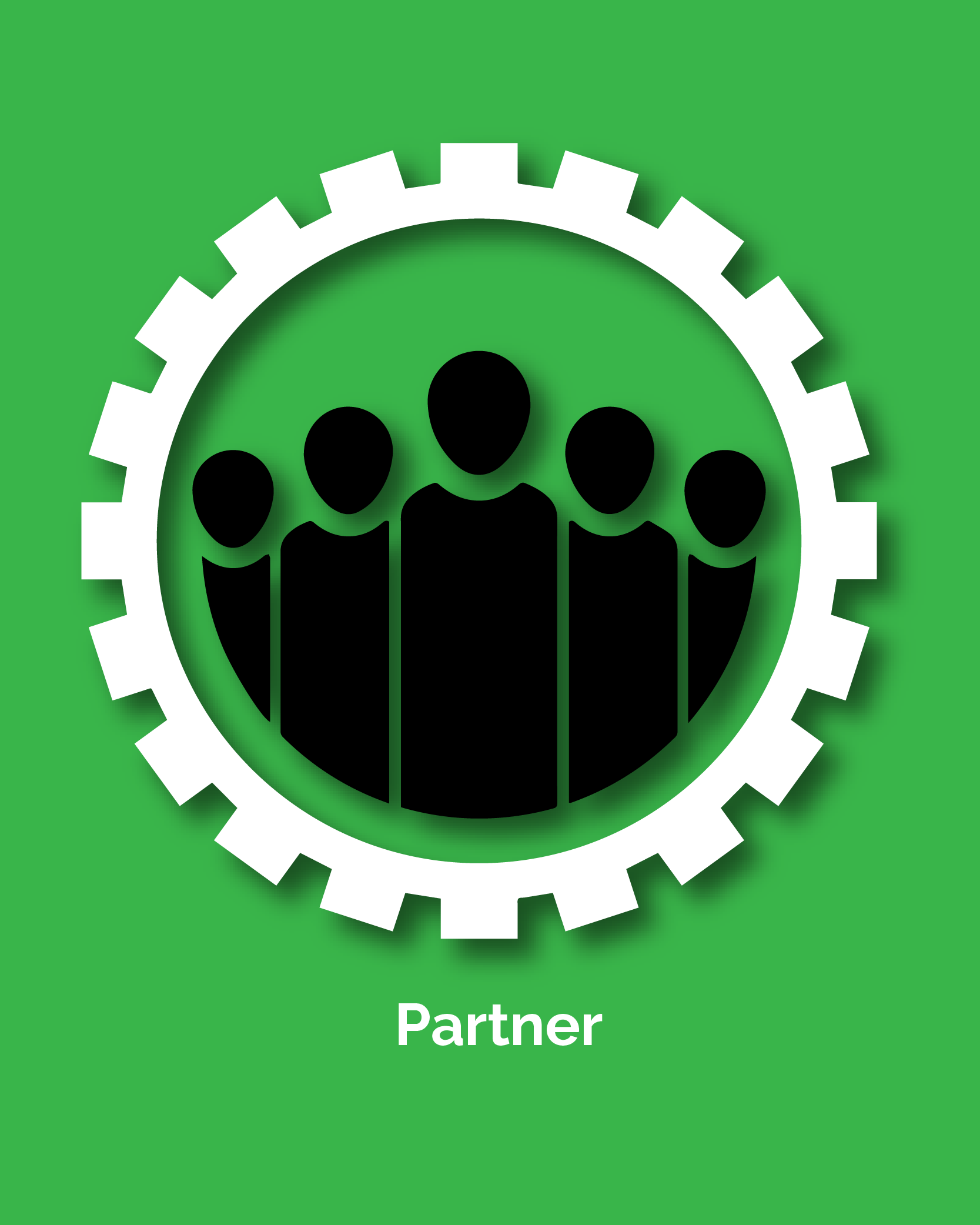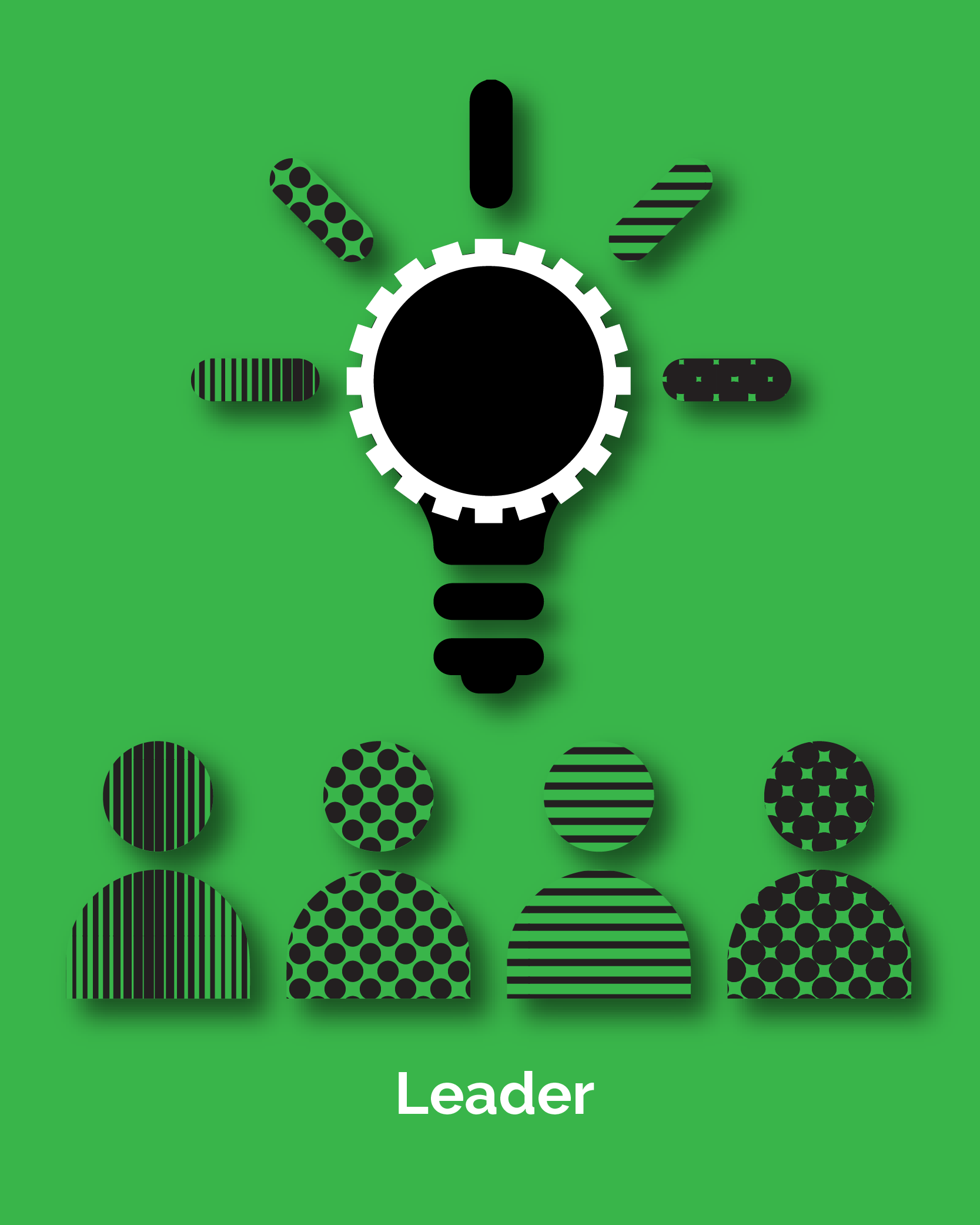 If we made a word cloud from the discussions about equity, diversity and inclusion in the biking and walking movement over the past year, I’d wager one word would pop out: Partnership.
If we made a word cloud from the discussions about equity, diversity and inclusion in the biking and walking movement over the past year, I’d wager one word would pop out: Partnership.
As we’ve begun to examine how we can engage previously overlooked communities in ways that are meaningful to them, cultivating partnerships has become a leading recommendation. And with good cause: Authentic, accountable partnerships with new organizations, leaders or individuals is a linchpin in co-creating visions for biking and walking that are more inclusive of the experiences, needs and priorities of our diverse communities.
But all partnerships aren’t created equal. In fact, sometimes what we call a partnership isn’t that at all. For me, digging into this topic was one of the most helpful aspects of our 2015 National Training — Organizing, Leadership and Digital Strategies for a Stronger Movement.
We all know there’s tremendous value in Community Partnerships (CP). As our trainer, Hemly Ordonez, Vice President of Digital Strategy & Mobilization for Fission Strategy (pictured above), pointed out, true partnerships with diverse communities make our organization more sustainable and effective. Not to mention, when we’re advocating for public policy and street-level changes, “communities have the RIGHT to be involved.”
What is a Community Partnership?
What is a community partnership? Well, let’s start with what it’s NOT.
“Partnership is not a way to hide the fact that programs are designed, developed and run by folks of privilege.”
To me, that really clarifies an important point: Partnerships aren’t about creating a campaign that “addresses” and then seeks to get buy-in from new communities. It’s about the process of building trusting relationships — shifting the organizational paradigm — which leads to co-created solutions and outcomes.
As Ordonez explained, “CP allows target communities and your organization to work in full partnership envisioning, developing, implementing, and evaluating programs.”
- It integrates the target communities’ realistic perspectives and experiences with your organization’s perspective.
- It offers each party the opportunity to suggest and make decisions.
- And it recognizes and values the contributions of each.
One of the ways Ordonez illustrated these points was a rubric from Advocates for Youth that I found particularly helpful. It breaks down the different ways we commonly approach partnerships and the roles we cast for community members — often without our conscious knowledge or intent.
Four Levels of Community Partnership

Community as Object
You know what is best for this community and control situations in which you allow them to be involved.
Twitter: “Hey, @CommunityOrg! Please sign on to this letter supporting the Better Biking Plan. Add yr name to this Google form bit.ly/object”
Community as Recipient
You allow community members to take part in decision-making because the experience will be “good for them.”
Email: “Dear CommunityOrg staff member- I’m with the Bike Walk Coalition and we’re committed to increasing biking and walking for all. Given the high levels of traffic crashes and health concerns in your community, we wanted to invite your members to attend the upcoming meeting on the Better Biking Plan. The passage of this plan would be of great benefit to your community!”
 Community as Partner
Community as Partner
You encourage community members to become involved, recognizing the greater impact diverse communities bring to a project.
In person — six months before the creation of the Better Biking Plan: “Hi [relevant staffer at CommunityOrg]. Thanks so much for taking the time to meet with me. I’ve done quite a bit of research on your organization, its work and its priorities and I wanted to learn more and get your insight as we’re beginning to think about the creation of a Better Biking Plan for City X. I know you’re deeply invested in creating economic opportunities for your residents and members and I just wanted to get a sense of how mobility plays into that discussion — and what the perceptions of biking and walking are in your community. If you’re interested, there’s discussion about creating a Better Biking Working Group...”
 Community as Leader
Community as Leader
You respect community members as having something significant to offer and make space for their leadership as staff, as board members, and thought leaders.
After building a partner relationship over the course of several years, CommunityOrg staff member is on the board of the Bike Walk Coalition. During a strategic planning session, the group discusses the merits of focusing on a year-long campaign to get the city to adopt a Better Biking Plan. CommunityOrg staff member — along with other board members who represent diverse community interests — propose that working with a transit group on a plan to better connect biking, walking and rapid bus routes might have wider impact. The Bike Walk Coalition is excited to pursue this option and continue to build new, powerful relationships with allies in the transit justice movement.
10 Tips for Moving up the Ladder
So what are some tangible steps to move up the ladder from object to leader? Fission shared the following tips.
- Start at the top: Commitment from highest level of organization — staff and Board — is essential to making partnerships work.
- Establish clear goals for the partnership: This is essential for funding purposes as well as measuring the success of your program. Community members and the bike/walk organization must understand what their roles and responsibilities will be in achieving the goals.
- Be selective: It’s important to recognize that all people from a certain part of town or of a certain demographic are not alike. They vary widely in their development and in their readiness and willingness to assume responsibility. Being clear about the goals of the partnership and the roles that community leaders will play will help in identifying people who are committed, reliable, and effective.
- Set clear roles and responsibilities: Ensure that all participants enter the partnership with a clear understanding of everyone’s role and responsibilities.
- Ensure shared decision-making power: If community leaders have no power to make decisions, their participation is not one of partnership. More than that — they’re likely to feel unwanted and will stop showing up.
- Provide training: Effective partnerships do not set up community leaders for failure by throwing them into situations for which they are not prepared, like asking someone to testify at a hearing without providing public speaking assistance.
- Be aware of different communication styles: The best way to resolve communication issues is by asking questions when one does not understand why something is being said or why.
- Value participation: Effective partnerships hold high expectations of participating community members and are not afraid of holding them accountable. This shows them that they are valuable.
- Include room for growth: Everyone should benefit from opportunities of advancement.
- Actively address life circumstances: Remember that community members have other interests and responsibilities and have the right to say no. Also be cognizant of how their availability and needs might differ from yours, in when they are available and what support (childcare, assistance with transportation, etc) would enable their full participation.
Of course, there’s no definitive list you can check off to create trusting relationships with community partners. That takes time. It takes resources, including staff hours and financial support. It requires being fully invested even when you don’t get the answers you want and you feel stuck in (channeling our Leadership Retreat) the Discomfort Zone.
Consider the role of partnerships in your strategic or campaign planning — and be honest in allocating the appropriate resources to move from treating community as an object to working, as equals, with new partners and leaders.
Stay tuned for more insights, tips and tools from our National Training in coming weeks!

